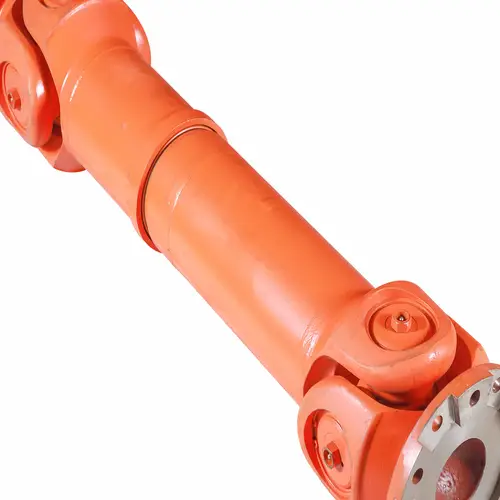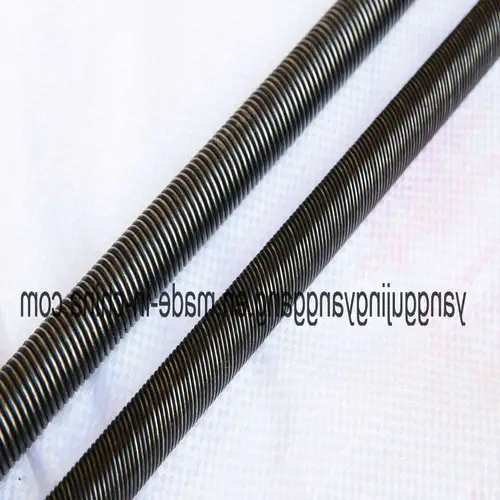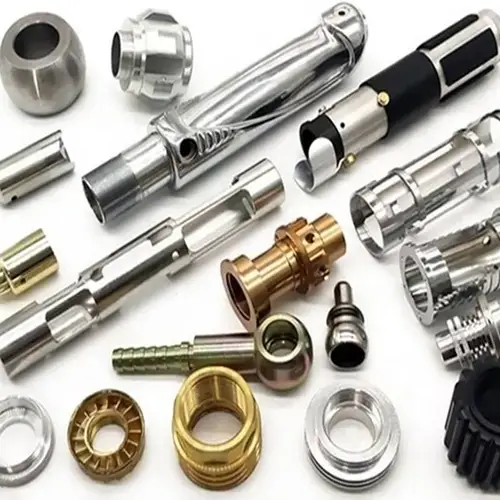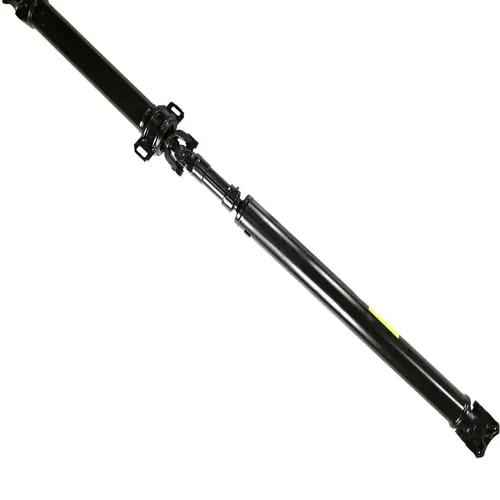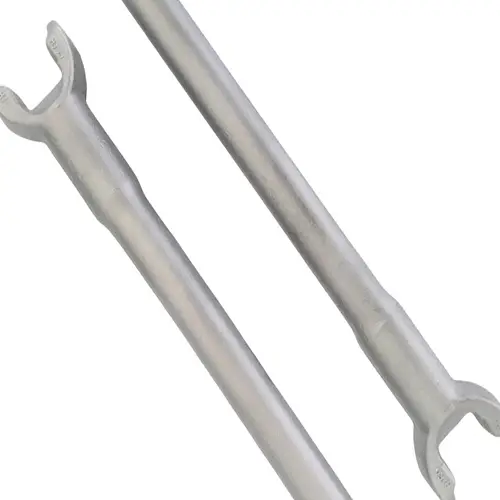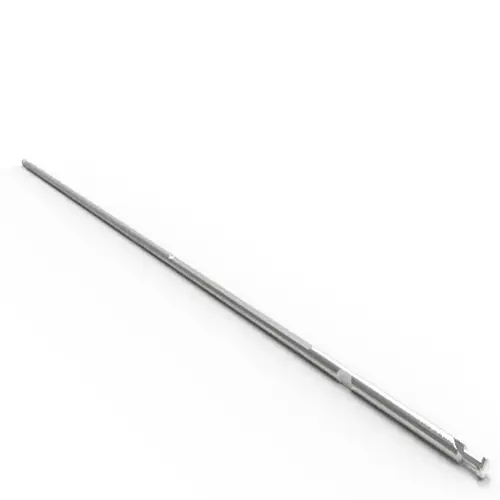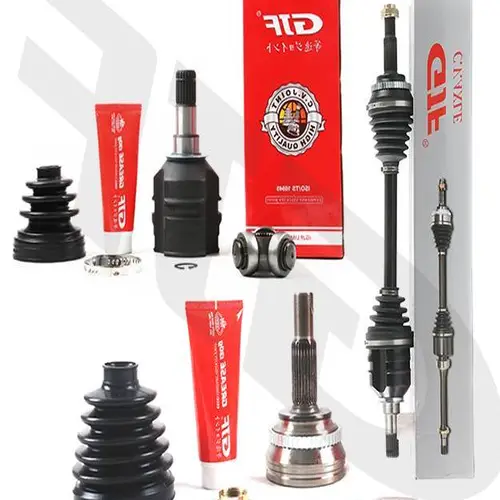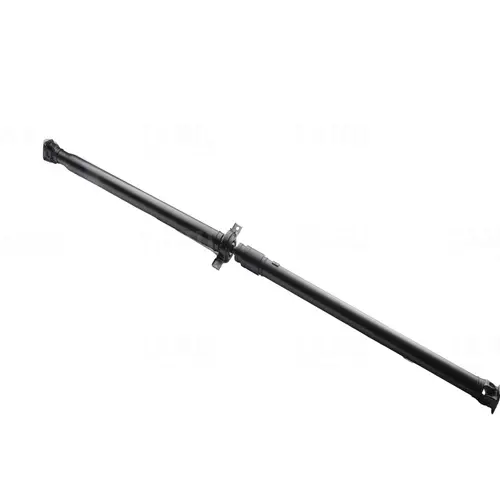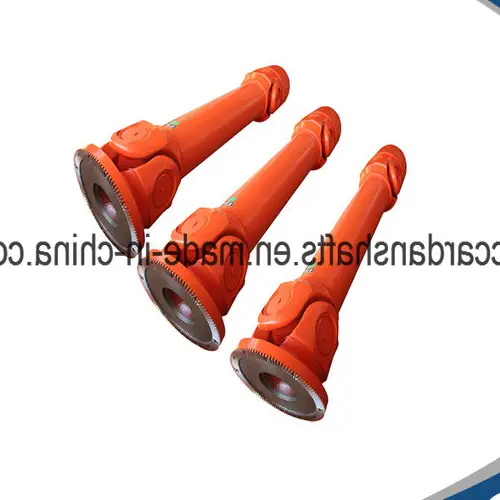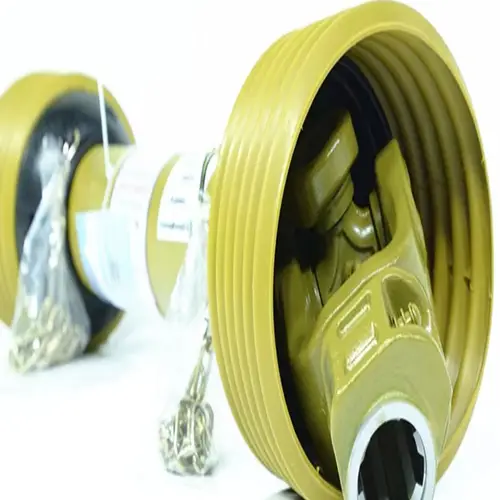
OEM Agricultural Machinery Universal Joint Cross Cover Farm Tractor Machine PTO Drive Shaft
Product Description
A PTO shaft (Power Take-Off shaft) is an essential mechanical component utilized to transfer power from a tractor or other power source to an attached implement, such as a mower, tiller, or baler. Situated typically at the rear end of the tractor, the PTO shaft is powered by the engine through the transmission system. The design of the PTO shaft ensures the delivery of a rotating power source to the implement, enabling it to perform its designated function efficiently. The connection between the implement and the PTO shaft is made possible with a universal joint, allowing for seamless movement between the tractor and the implement while maintaining a consistent power transfer.
Application Area
- Lawn Mower
- Rotary Tiller
- Farm Tractor
- Harvester
- Feeder
- Cultivator
Product Specifications
Shield W
| Parameter | Value |
Shield S
| Parameter | Value |
Other PTO Drive Shaft Parts
Please click to see more farm machinery Spare Parts
| CROSS | TUBE | YOKE | WIDE ANGLE | TORQUE LIMITER | PTO ADAPTOR |
Our Advantages
Here are our advantages compared to similar products from China:
- Forged yokes make PTO shafts robust and durable for extensive use and heavy-duty applications.
- Standardized internal dimensions ensure smooth installation.
- CE and ISO certifications guarantee the superior quality of our products.
- Sturdy and professional packaging ensures the goods arrive in perfect condition.
Other Product Businesses
EVER-POWER GROUP supplies a diverse range of industrial products, including agricultural gearboxes, power output shafts, sprockets, fluid couplings, worm gear reducers, gears and racks, roller chains, pulleys and pulleys, planetary gearboxes, timing pulleys, bushings, and more. We emphasize high-quality products, competitive prices, and exceptional services. Customers are welcome to customize products by providing drawings and samples.
FAQs
Q: What is the payment term?
A: When we quote for you, we will confirm the transaction method, such as FOB, CIF, etc. For mass production, a 30% deposit is required before production, and the remaining 70% is to be paid against the copy of documents. The most common method is by T/T.
Q: How do you deliver the goods to us?
A: Usually, we ship the goods by sea.
Q: How long is your delivery time and shipment duration?
A: The delivery time is typically 30-45 days.
Q: What are your main products?
A: Our main products include Agricultural Parts like PTO shafts, Gearboxes, and Hydraulic parts such as Cylinders, Valves, Gear pumps, and motors.
Q: Can customers customize products?
A: Yes, customers are welcome to customize products by providing drawings and samples.
All the content of the page is from the Internet, the content is only as a reference for product selection, our products are replacement parts and not original spare parts; we are not the holder of the original trademarks of the content, our products are only suitable for after-sales replacement parts and not original spare parts, our replacement parts can be perfectly adapted to the original spare parts; if you need to buy original spare parts, please contact the original factory to buy. If you want to buy original spare parts, please contact the original supplier for purchase.
Introduction to the Performance Characteristics of Drive Shaft
The drive shaft, an essential component in many mechanical systems, is designed to transmit torque and rotation. Its performance characteristics can be broken down as follows:
- Strength: Drive shafts must endure high levels of stress without failing. They are often made from materials like steel or aluminum to withstand these forces.
- Flexibility: Flexible enough to handle minor misalignments between components without causing damage.
- Durability: Designed to last through extensive use, often treated with anti-corrosive coatings to resist wear and tear.
- Weight: Lightweight materials are often preferred to reduce the overall weight of the machinery, enhancing efficiency.
- Balance: Properly balanced to prevent vibrations, which could lead to mechanical failure or inefficiency.
Types and Characteristics of Drive Shaft
Drive shafts come in various types, each with unique characteristics suited for specific applications:
- Solid Shaft: These are rigid and provide high strength, commonly used in industrial machinery.
- Hollow Shaft: Lighter than solid shafts and used in applications where weight reduction is crucial.
- Constant Velocity (CV) Shaft: Ensures smooth torque transmission through variable angles, ideal for automotive use.
- Telescopic Shaft: Allows for length adjustments, used in applications requiring variable distances.
The material of the drive shaft also plays a significant role in its performance:
- Steel Drive Shafts: Known for their high strength and durability, suitable for heavy-duty applications.
- Aluminum Drive Shafts: Lightweight and corrosion-resistant, often used in high-performance vehicles.
- Composite Drive Shafts: Made from materials like carbon fiber, offering excellent strength-to-weight ratio, used in advanced engineering applications.
Applications of Drive Shaft in Various Fields
Drive shafts are pivotal in numerous sectors, reflecting their versatility and importance:
- Agricultural Machinery: Used in tractors and harvesters to transmit power efficiently to various implements.
- Construction Equipment: Essential in machinery such as excavators and loaders, ensuring reliable power transmission under heavy loads.
- Industrial Equipment: Found in conveyors, pumps, and compressors, where precise and robust power transfer is required.
- Marine Equipment: Utilized in boats and ships to transfer engine power to the propeller, designed to withstand harsh marine conditions.
- Mining Equipment: Used in drills and crushers, where high torque and durability are paramount.
Future Development Trends and Opportunities for Drive Shaft Products
The drive shaft industry is poised for several advancements:
- Material Innovation: Continued development of composite materials promises lighter, stronger, and more resilient drive shafts.
- Integration of Smart Technologies: Incorporating sensors and IoT for real-time monitoring and predictive maintenance.
- Enhanced Customization: Increasing demand for tailored drive shafts to meet specific industrial needs and performance criteria.
- Sustainability: Focus on environmentally friendly manufacturing processes and recyclable materials.
- Global Expansion: Growth opportunities in emerging markets with expanding industrial and automotive sectors.
How to Choose a Suitable Drive Shaft
Selecting the appropriate drive shaft involves several considerations:
- Determine Application Requirements: Understand the specific needs of your machinery to choose the right type of drive shaft.
- Evaluating Power Requirements: Ensure the drive shaft can handle the power output of your engine or motor.
- Check Speed and Torque Specifications: Match the drive shaft’s capabilities with your machinery’s operational parameters.
- Measuring the Length of the Shaft: Accurate measurement is crucial for proper fit and function.
- Evaluate Connection Type: Ensure compatibility with your existing equipment’s connection types, such as splined or flanged ends.
- Check Safety Features: Look for features like anti-corrosive coatings and vibration dampeners to enhance longevity and reliability.
Conclusion
Drive shafts are integral to a wide array of machinery, providing the necessary torque and rotation to power various systems. Understanding their performance characteristics, types, materials, and applications can help in selecting the most suitable drive shaft for your needs. As technology advances, the drive shaft industry continues to evolve, offering new opportunities and innovations to enhance performance and sustainability. Careful consideration of application requirements, power, speed, torque, length, connection type, and safety features will ensure the optimal selection and use of drive shafts in any field.
Author: Dream
